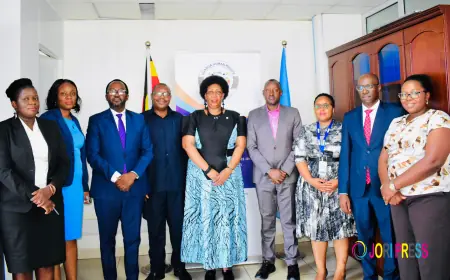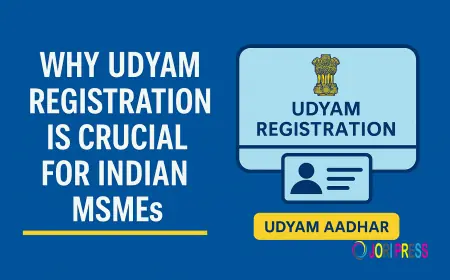Build a Mobile-Friendly Website That Converts Visitors
Custom web development, design, and digital marketing that helps businesses grow with mobile-friendly, human-focused solutions.

The Human Side of Building a Mobile-Friendly Website
In today’s digital-first world, having a strong online presence is no longer just a business strategy it’s a way of connecting with real people. When we think about mobile-friendly websites, responsive design, and web development, it’s easy to get caught up in the technical side. But behind every click, tap, or swipe is a human being searching for answers, solutions, or a sense of trust.
That is why approaching website design from a humanistic perspective matters. A website is more than a digital brochure; it is an extension of a brand’s personality and a reflection of the values that guide it. By prioritizing the human experience, businesses can transform their websites into tools that not only inform but also inspire, reassure, and convert.
Why Mobile-Friendly Design Is Human-Centered
A mobile-friendly website isn’t just about ticking a box on a checklist. It is about respecting the time, effort, and attention of the person visiting your page. When a visitor lands on a site and finds text that is too small, buttons that are too close together, or pages that take too long to load, frustration sets in quickly. That frustration translates into lost trust and most often, a lost customer.
Responsive design puts the human experience at the center. By adjusting layouts, images, and content to fit any screen size, responsive design honors the diversity of devices people use every day. Whether it is a parent looking for quick services on their phone while waiting at school pickup, or a professional scrolling on a tablet between meetings, a well-designed site acknowledges those moments and meets people where they are.
The Psychology of First Impressions
When someone arrives on a website, they form an impression in just a few seconds. This impression isn’t based solely on the colors or fonts; it’s rooted in how easy it is to navigate, how trustworthy the information feels, and how smoothly the site responds.
Web development that takes into account both aesthetics and usability helps shape that initial reaction. Clear navigation, readable fonts, and intuitive page structure signal that a business values its visitors. People want to feel guided, not lost. They want clarity, not clutter. By blending creativity with functionality, designers can make sure the first impression leads to curiosity rather than confusion.
Content That Connects
Beyond design, content plays a powerful role in creating a human connection. Content writing for websites is not just about keywords or search engine optimization. It is about telling a story, offering reassurance, and providing answers in a voice that feels approachable.
When small businesses invest in thoughtful copywriting, they show their audiences that they understand real challenges and can offer real solutions. A carefully written service page or an engaging blog post doesn’t just help with digital marketing—it helps build trust, one sentence at a time.
Balancing Creativity and Practicality
Graphic design is another layer of communication that bridges the gap between brand and audience. Strong visuals create emotional resonance, but they also serve a practical purpose. A well-designed logo, a consistent color scheme, and professional imagery all help visitors quickly recognize and remember a brand.
At the same time, good design makes information easier to digest. Icons, infographics, and simple layouts guide the eye and make the overall experience smoother. This balance between creativity and practicality is what separates a site that is merely functional from one that feels inspiring.
The Human Touch in SEO
Search engine optimization often feels technical, but at its core, it is about humans as well. SEO ensures that the right people can find the right information at the right time. Keywords like mobile-friendly, responsive design, or web development aren’t just search terms they are signals of what people genuinely need.
By structuring content clearly, adding descriptive alt text to images, and writing titles that reflect real questions, SEO works hand in hand with empathy. The goal is not to trick algorithms but to connect people with answers in a seamless way.
Building Trust Through Simplicity
At the heart of digital branding lies trust. A site that loads quickly, communicates clearly, and looks professional sends a simple but powerful message: “We respect you.” That respect shows up in little details the way buttons are sized for thumbs, the way text reads easily on small screens, or the way images load without slowing down the page.
Every design choice is ultimately a human choice. Behind the technology, the coding, and the strategies are people building tools for other people. When businesses embrace this truth, their websites become more than a digital presence they become experiences that customers remember and return to.
Conclusion
In a world where technology is constantly evolving, the most timeless element of a website will always be its ability to connect with people. Mobile-friendly design, responsive layouts, thoughtful web development, and strong content writing are not just technical necessities; they are ways of showing empathy in the digital space.
When we see websites not as static pages but as living bridges between businesses and their communities, we begin to design with more care, write with more heart, and build with more intention. And in doing so, we not only improve digital marketing results but also strengthen the trust that every lasting relationship is built upon.
What's Your Reaction?
 Like
0
Like
0
 Dislike
0
Dislike
0
 Love
0
Love
0
 Funny
0
Funny
0
 Angry
0
Angry
0
 Sad
0
Sad
0
 Wow
0
Wow
0















































